“It’s not a frequent bloomer,” I noted, talking to myself as I studied the website. My hope was to someday follow a dream of a garden tour in Brazil, and to see the beautiful baobab trees (among other plants).
With current travel restrictions in place, my dream may be on hold for some time, but that isn’t going to stop me from studying online.
“And it wouldn’t survive my northern climate,” I read on. If it only blooms once in 50 years, what were my chances of ever seeing it?
Some baobab trees (like those on the Ivory Coast in Africa) bloom once or twice a year, but not in Brazil. It’s actually a tree that acts like a succulent. And interestingly, because it can absorb and store water in a vast trunk, the baobab tree is often called the Tree of Life or the bottle tree. Unlike other flower blossoms, the baobab, when it does bloom, flowers at night. It’s nocturnal.
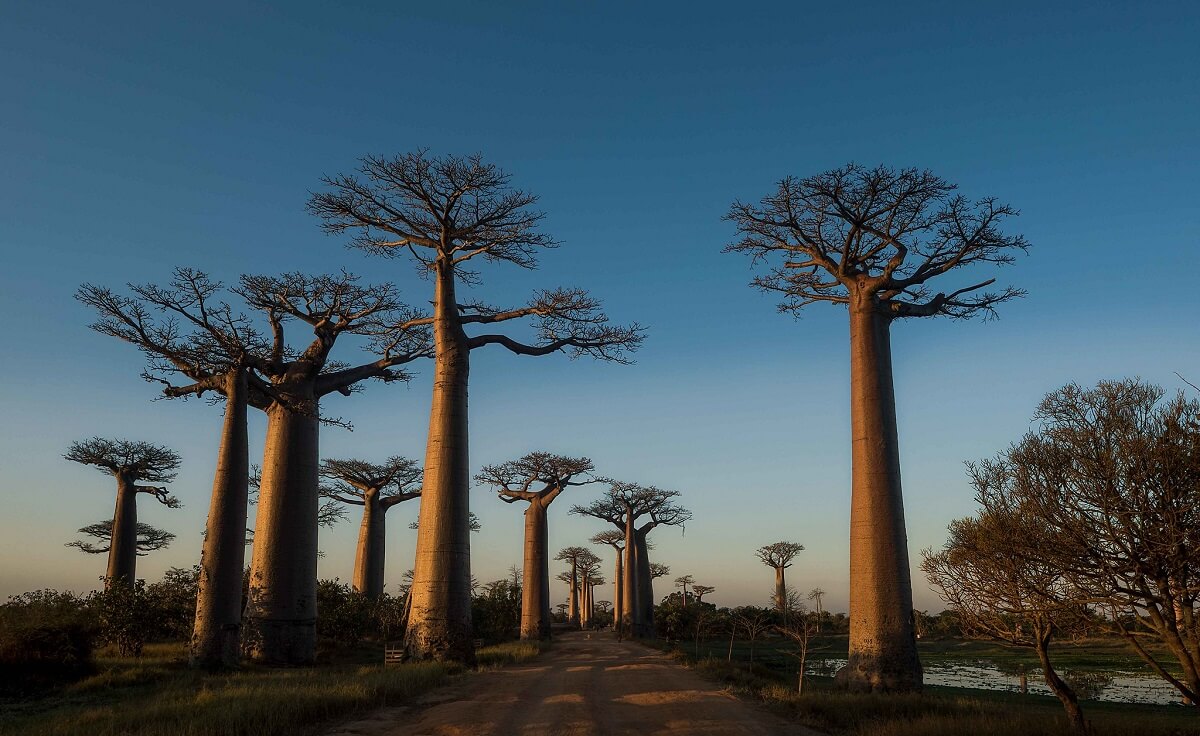
Baobab trees are probably the longest living trees in the world. There’s one tree in Namibia in southern African that is carbon dated to over 1200 years old. Part of the hibiscus or mallow family, the huge trunk, sometimes as much as 30 feet in diameter with a height of almost 60 feet, has given credence to legends.
Its peculiar shape recalls an Arabian legend that claims the tree was plucked up out of the ground by the devil himself, and thrust again into the Earth, branches first, leaving the roots in the air.
With a trunk that stores water, this tree thrives in some of the driest regions on the planet. Some of the older trees have huge hollow trunks.
The flowers are pendulous, large, and have a distinct perfume that is something like a rose or jasmine. The flowers are pollinated by bats, lemurs, and hawk moths. The young leaves are edible, and the tree’s large woody fruit (shaped like a gourd) has a gelatin-like pulp that can be made into a delicious, refreshing drink.
Both leaves and fruit are used for various medicinal purposes. The bark is made up of a strong fiber that is used for rope and cloth as well as for various hunting and fishing tools.
Related Post: Homestead Stories: The Stinky and Captivating Konjac Plant
As the tree expands and ages, the trunk often becomes hollow which makes an excellent reservoir for water or provides a temporary shelter. There are stories of the hollow trunks serving as prisons, burial sites, and stables. Some people associate cultural and religious significance to these trees; not surprising since it’s referred to as the Tree of Life.
Though it recently collapsed, at one point there was a baobab tree that was so wide and hollow that it housed a pub! Here’s an Instagram shot that shows what it looked like prior to the collapse in 2017.
Are baobab trees doomed to extinction due to climate change? The sudden increase in the decline of the oldest baobab trees suggests climate change may be affecting them. Some of the oldest and largest of the African baobab have died, or at least their largest, oldest stems have collapsed.
This may also be due, in part, to the lengthy, slow-growing time, but climate change is certainly threatening its natural habitat and very survival. So much so that some of the species have been listed as endangered.
Baobab Trees Blooming
The most interesting part of the baobab is its flowers. They bloom maybe once every 50 years and even then, the blossoms are only open for about 24 hours mostly at night. The tree produces lots of buds, and the opening of the baobab flower is an event in itself. Baobab trees blossom during the rainy season after the leaves appear.
Then comes the blooming, a process that begins in the late afternoon and close to sunset. The larger, older baobab trees can carry hundreds of flowers, not all of which will open at the same time. The green outside makes them look like the fruit that will develop later. The first sign of blooming is when the outer shell rolls up toward the stalks.
Within seconds, the flower petals unfurl like opening an umbrella. Sounds fantastic, and a must-see. However, like all living creatures, every tree is different. While most flowers open within seconds, there are some whose flowers need hours to open. The slower blooming trees are called late bloomers.
In the video below, you can learn more about the baobab and watch a video of this fantastic blooming stage taking place.
As a long-living tree, baobabs have evolved and adapted to environment. Like a succulent, they absorb water during the rainy season, storing it in their huge trunks to produce the nutrient-dense fruit — even in the dry season. Another reason why it’s called the Tree of Life.
And since some baobab trees bloom twice a year, perhaps by the time their next blooming begins, the pandemic will be over, and I can travel. Here’s hoping.



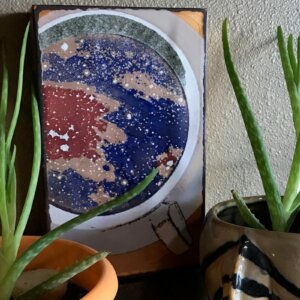
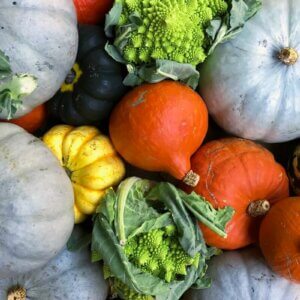



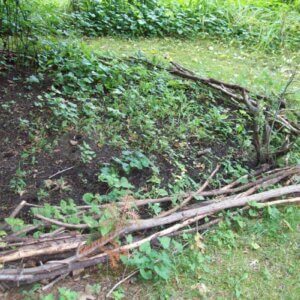

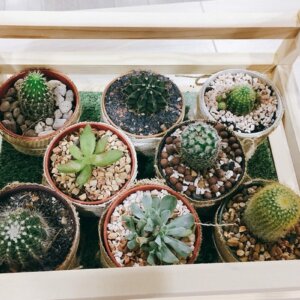













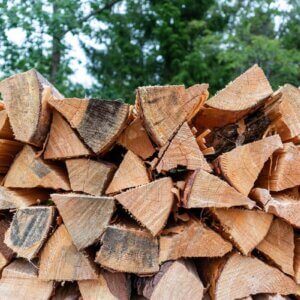
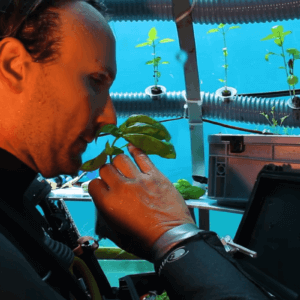




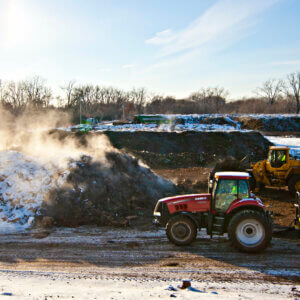











Leave a Reply